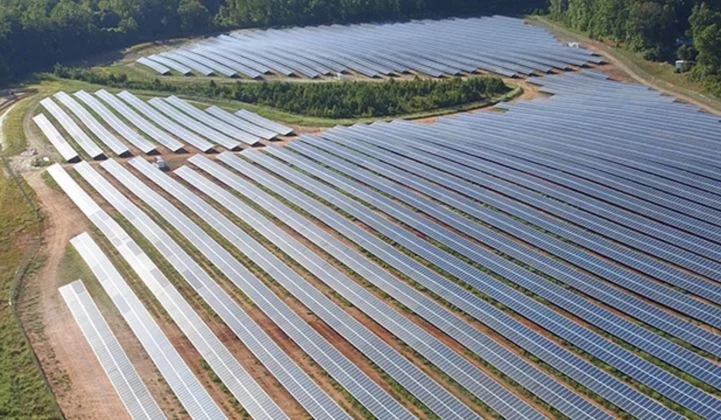
In June 2015,slewing drive Jim Hughes, then-CEO of First Solar, said that his company would be “under $1.00 per watt fully installed on a tracker in the western solar damper United States” by 2017. Hughes’ ambitious projection has proved more or less accurate. According to GTM Research, average EPC pricing for utility-scale fixed-tilt PV systems in the U.S. recently hit the $1.00-per-watt mark, and is expected to be around 95 cents per watt in the second half of this year and around 80 cents per watt by 2020.
Tracker systems will come in a little higher at an average of $1.08 per watt in the second half of 2017.
If McGovern’s hope comes true, that will put Cypress Creek on the leading edge of the cost-cutting quest. Getting costs below 80 cents won't necessarily be a windfall, but it will provide some solar tracker actuator assurance the company can weather the incentive cuts.
McGovern added that pure solar damper cost reductions aren’t the only thing that matter in a declining ITC world. There’s a middle piece, which is: What is the PPA rate a utility is going to offer? “It’s not clean solar tracker actuator math,” he said, because different utilities in different locations solar inverter have different resource mixes and unique ways of calculating avoided slewing drive cost, which affects whether or not solar makes financial sense.
“There certainly is a connection between solar damper the ITC and what that value of energy's going to be,” he slewing drive said. “But more importantly, solar slewing drive between now and 2020 when we see our initial step-down, is how much daytime energy is being created and what's that worth. [That] is going to drive what the pricing is.”
Managing solar tracker actuator the ITC step-down is only part of what McGovern thinks solar companies need to do in order to be competitive in the coming years. Going forward, energy storage will be another key piece solar tracker actuator of the value puzzle, he said.
“This is, I think, the hardest question for those of us who have always been pure cleantech, or pure solar, to grapple with,” he said. “It's this moment of honest solar tracker actuator reflection that we bring an intermittent resource to the grid. Is there an upper limit to the amount of solar and penetration you have? Absolutely.”
“However, if we can get smart enough solar damper around this move into coupling storage, it's a really different analysis,” he added.
The duck curve is a real thing, so if solar companies can’t move closer to becoming dispatchable power, they’ll be in an endless search for solar inverter new markets, in McGovern’s solar tracker actuator view. But if solar companies can cross the chasm and become a solar tracker actuator more stable delivery option, by allowing utilities, homes, or commercial customers to load shift and manage consumption when it’s beneficial to the rest of the grid, that completely changes the solar tracker actuator solar tracker actuatorconversation.
As for who solar slewing drive should spearhead this solar-plus-storage solution, McGovern put that responsibility squarely on the solar solar tracker actuator developers.
“I think it's a self-preservation question,” he said. “If solar damper we sit back as an industry, and we say, ‘No, it's up to the utilities, or it's up to the grid solar inverter operators,’ we're not going to like the [outcome]. I think the opportunity is for us to be thinking a little ahead, understand the solar tracker actuator pain of the utilities, and actually come forward with solutions.”
To that end, Cypress Creek is preparing to deploy its first 6 megawatts of energy storage later this year for a municipal utility in North Carolina. The solar inverter company has up to 50 megawatts of additional energy storage deployments also in the works.
McGovern admitted it’s early days for the storage market, and so the use cases and financing processes aren't entirely clear. The tax treatment, for instance,solar inverter is murky. The industry has two private letter rulings from the Internal Revenue Service on how to set up energy storage deals, “but at the end of the day, somebody's just got to do solar damper it,” McGovern said.
By taking a leadership role, he believes Cypress Creek will gain the real-world data and expertise needed to get more solar slewing drive financiers and utilities on board with solar inverter energy storage projects in future.
“We're having to put significantly more equity into this initial portfolio, because it's just hard,” he said. “I think that's why I say the ownership solar inverter sits with us [the solar developers], if we want to solar damper ensure the highest probability of a good outcome.”
McGovern places a high Photovoltaic holder value on predictability -- he wants to understand a market inside and out, and find ways to systematize and streamline how his solar inverter solar tracker actuator company Photovoltaic holder operates within that market’s parameters. That’s at least how solar inverter Cypress Creek has been approaching the utility-scale solar market to Photovoltaic holder date.
When McGovern set out to launch Cypress Creek, no Photovoltaic holder other developer was offering the type of integrated business model he had in mind, he said. One of Cypress Creek’s defining features is that it has the finance, development, EPC, sales, asset management and O&M solar inverter pieces of the business all in-house, with the flexibility to partner Photovoltaic holder externally.
Controlling development solar inverter “enables predictability, which is actually this unbelievable resource for the rest of the stakeholders in the chain -- the utilities, the financiers, the local communities too,” McGovern said. The consolidated model not only appeals to customers, but it also creates a cost decline solar damper cycle because Cypress Creek has insight into nearly every aspect of the business.
At present, however, McGovern doesn’t see much value in becoming a true vertically solar tracker actuator integrated company, with 100 percent of the business functions in-house. “We have to be truly humble and honest about what we know how to do, Photovoltaic holder and what we don't know how to do,” he said.
“For example, I can't ever imagine a scenario where it would make sense for us to vertically integrate technology. We get such a benefit out of being agnostic,” he added.
On the development side, Cypress Creek often partners with local contractors on permitting and construction, solar damper while maintaining oversight. “It’s a local relationship that makes that stuff actually get over the finish line,” McGovern said. “I want to leverage solar slewing drive that, not try and cannibalize that.”
What solar inverter Cypress Creek has become really good at is aggregating portfolios of projects that all look and feel the same, said McGovern. This approach minimizes the due diligence a tax equity investor or lender has to do, because every lease agreement is the solar damper same.
It also streamlines solar inverter Cypress Creek’s internal processes and guides which markets the company enters; the company only Photovoltaic holder goes after markets where Photovoltaic holder it’s possible to standardize the procedure and reach scale. “We wouldn't step into a market where we could only get solar damper one, two,solar inverter three projects that are 3 or 4 megawatts in size,” McGovern said.
New York is a great example of a market that does make sense, in his view. “We have 1,400 sites in New York and they're only 2-megawatt Photovoltaic holder AC interconnects, Photovoltaic holder but the fact that we could step in and aggregate that at scale means that I will systematize…my development process, my interconnect solar tracker actuator and my build to solar damper make that work,” he said.
Cypress Creek is now taking this approach to the community solar market to serve retail electricity customers in Texas. Again, Cypress is looking to deploy a critical mass of solar projects to serve the market’s needs. The difference is that this time the company is Photovoltaic holder also finding solar tracker actuator retail customers to offtake the energy. After launching the company with a focus on PURPA markets in North Carolina, South Carolina, solar inverter Oregon and Montana, Cypress Creek is now becoming solar damper a residential solar company almost by accident.
“It’s funny -- we are now de facto active community solar developers and operators,” McGovern said. “I think community solar is a huge part Photovoltaic holder of the renewable energy future, for so many reasons.”
On the other end of the spectrum, solar damper Cypress Creek is going after markets where utilities are looking for transmission system projects. The company solar inverter has four projects operating today that are between 50 and 100 megawatts AC, and will probably have another 15 or 20 of those projects to install between now and 2020, McGovern said.
These new developments solar inverter come as the company fights back against proposed policy reforms in North Carolina -- Cypress' most solar slewing drive established solar tracker actuator market -- that would shorten contract terms offered under PURPA. The solar industry argues the changes would make it impossible to finance projects.
Cypress Creek is currently solar slewing drive operational in eight markets and developing in 20, with 4 gigawatts of solar under site control. If process and procedure constitute solar tracker actuator the science driving that expansion, the art of it is finding talented people to work with, McGovern said. “It's my job, on any given day, to make sure we can attract those people.”
All of these components factor in to McGovern’s broader view of Cypress Creek’s role in the solar market. “I think our fundamental job, and what has us solar tracker actuator motivated every day, is that solar inverter we have to be able to deliver energy to consumers more cheaply solar damper and more reliably than solar slewing drive other developments,” he said. “Whether that's other renewable developers, or developers of solar tracker actuator other energy classes -- even solar slewing drive fossil fuels -- we have to be able to do it cheaper -- and solar inverter better.”
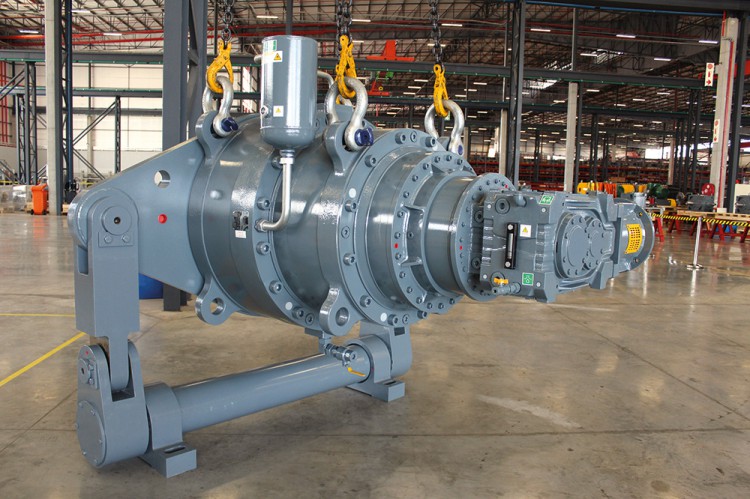 Revolutionising sugar mill efficiency: Mill Gears unveils world’s largest gearbox
Revolutionising sugar mill efficiency: Mill Gears unveils world’s largest gearbox
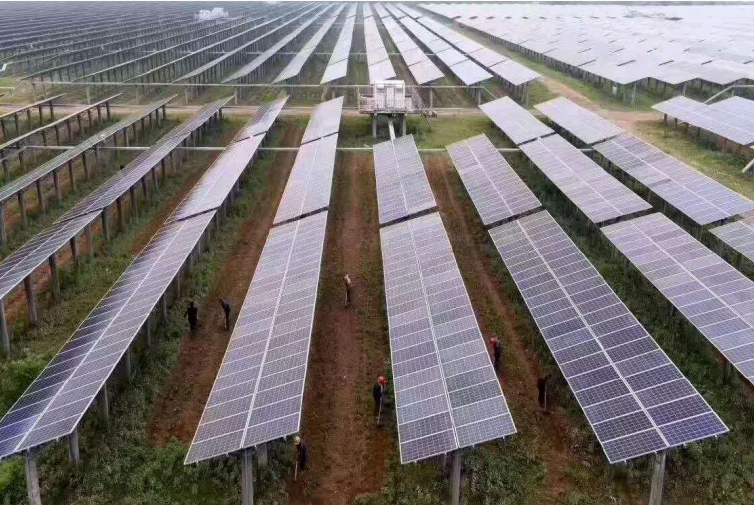 who are the leaders in solar trackers for the power industry?
who are the leaders in solar trackers for the power industry?
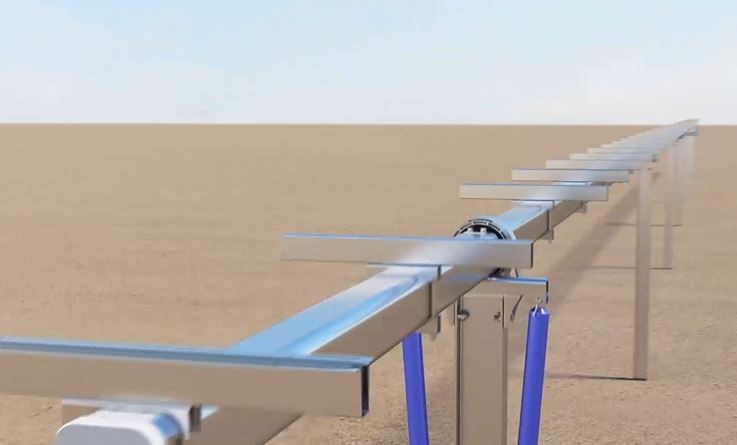 Trina releases new version of Vanguard 1P solar tracker
Trina releases new version of Vanguard 1P solar tracker
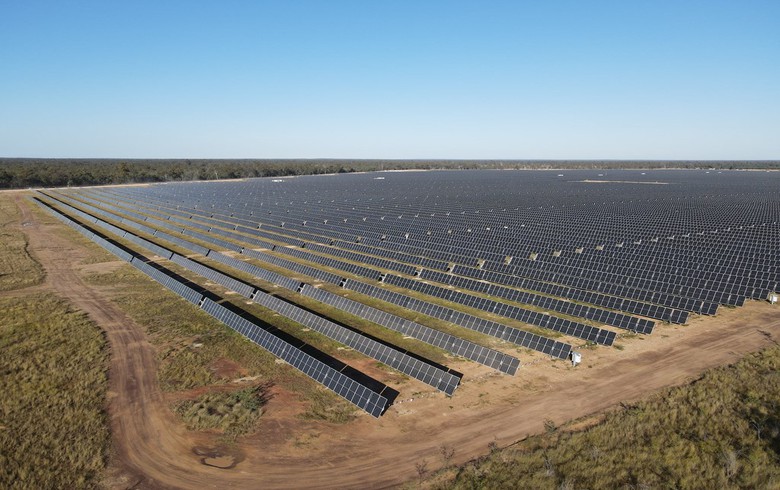 GameChange Solar Tests Tracking System for 40-Year Lifespan
GameChange Solar Tests Tracking System for 40-Year Lifespan